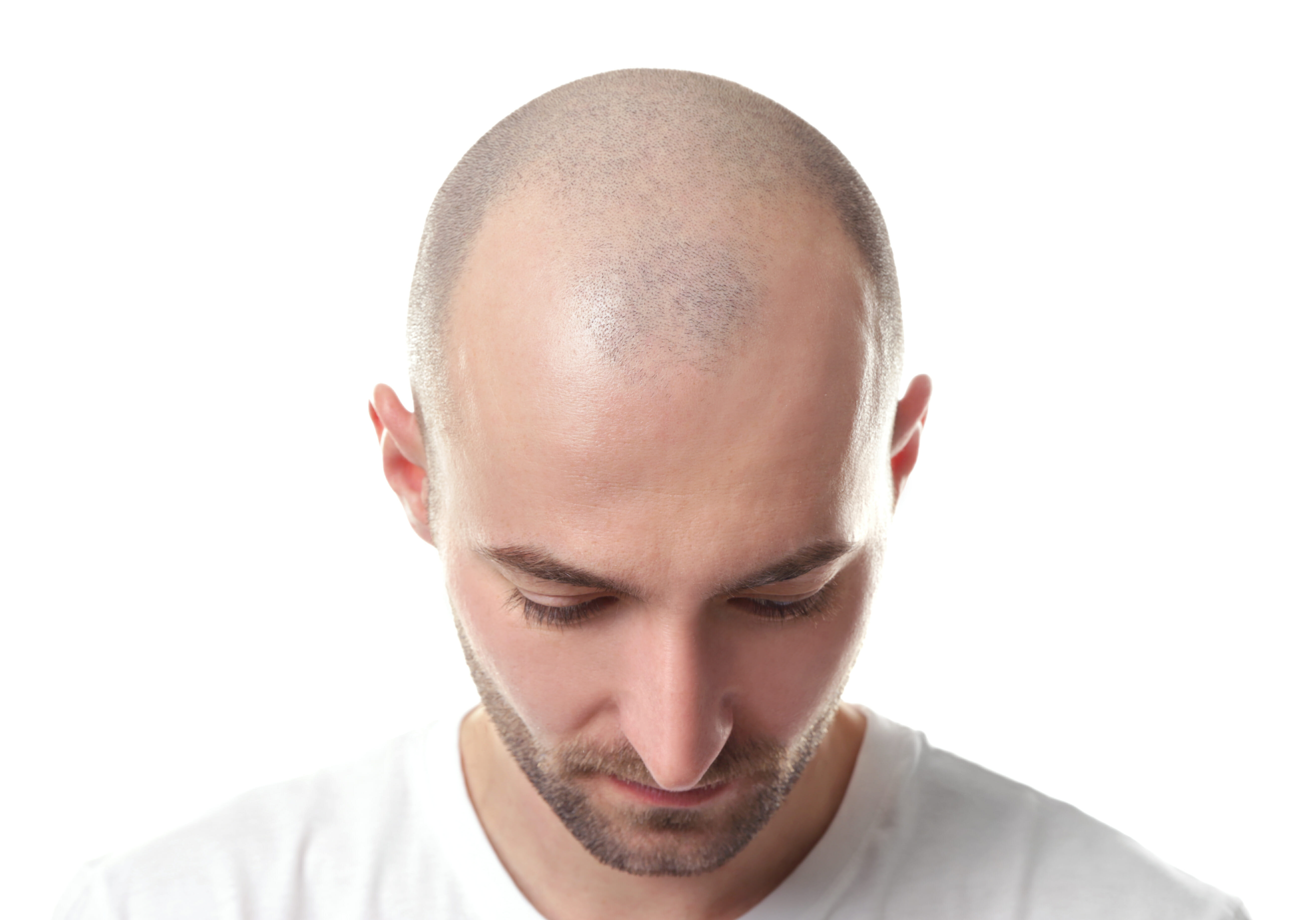Understanding the hair transplant recovery timeline is essential for anyone considering the procedure in Riyadh. While individual experiences can vary, a general timeline can help you anticipate what to expect after your surgery. Riyadh-based experts emphasize that adherence to post-operative care instructions is crucial for optimal healing and hair growth. If you're considering a hair transplant in Riyadh, there are many advanced clinics offering cutting-edge techniques for natural and long-lasting results.
Immediate Post-Operative Period (First Few Days):
- Initial Healing:Immediately after the procedure, you'll likely experience some swelling, redness, and mild discomfort in the donor and recipient areas.
- Tiny scabs will form at the graft sites, which are a natural part of the healing process.

- Clinics in Riyadh generally provide detailed post-operative care instructions, including how to gently clean the scalp and apply any prescribed medications or ointments.
- Rest and Precautions:Rest is crucial during the initial days. You'll need to avoid strenuous activities, heavy lifting, and excessive sweating.
- It's also important to protect your scalp from direct sunlight and avoid touching or scratching the graft sites.
- Sleeping with your head elevated can help minimize swelling.
First Week to Two Weeks:
- Scab Shedding:The scabs on the recipient sites will begin to shed naturally within the first week or two.
- It's essential to avoid picking at the scabs, as this can dislodge the grafts and affect the outcome.
- Gentle washing of the scalp is typically permitted after a few days, following the clinic's instructions.
- Reduced Swelling:Swelling will gradually subside during this period.
- Any remaining discomfort can usually be managed with over-the-counter pain relievers or prescribed medications.
- Return to Light Activities:You can gradually resume light activities, but it's still important to avoid strenuous exercise.
One to Three Months:
- "Shock Loss":Around this time, you may experience "shock loss," where the transplanted hair sheds.
- This is a temporary and normal part of the process. The hair follicles remain intact, and new hair will begin to grow.
- This can be alarming, but it is a normal part of the process, and is expected.
- Scalp Sensitivity:Some sensitivity, or numbness may be present on the scalp. This will generally subside over time.
Three to Six Months:
- New Hair Growth:New hair growth will become noticeable around three to four months after the procedure.
- The hair will initially be thin and fine, but it will gradually thicken over time.
- The growth rate will vary from person to person.
Six to Twelve Months:
- Continued Growth and Thickening:The transplanted hair will continue to grow and thicken, providing increasing coverage.
- You'll start to see significant improvement in hair density and appearance.
- The hair will begin to take on a more natural appearance.
Twelve to Eighteen Months:
- Final Results:The final results of your hair transplant will typically become fully visible within 12 to 18 months.
- The transplanted hair will blend seamlessly with your existing hair, providing a natural and fuller appearance.
- The full density, and texture of the transplanted hair will be fully realized.
Key Factors Affecting Recovery:
- Surgical Technique:The technique used (FUE or FUT) can influence the recovery timeline. FUE generally has a shorter recovery period.
- Individual Healing:Individual healing rates vary. Some people may experience faster or slower recovery than others.
- Post-Operative Care:Adhering to post-operative care instructions is crucial for optimal healing and hair growth.
- Surgeon Expertise:A skilled surgeon will minimize trauma to the scalp, which promotes faster healing.
By understanding the hair transplant recovery timeline and following your clinic's instructions, you can ensure a smooth and successful recovery in Riyadh.




Comments